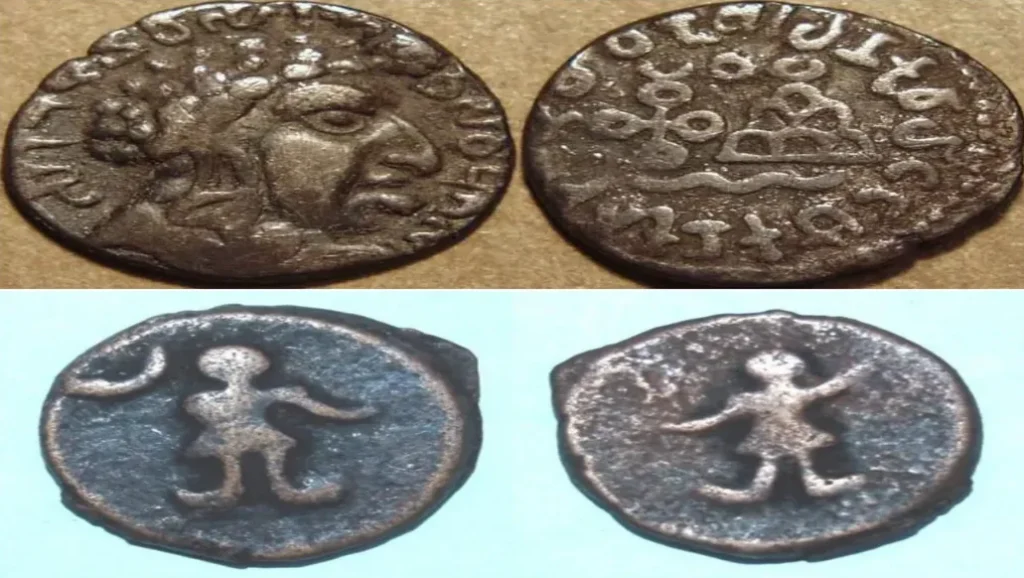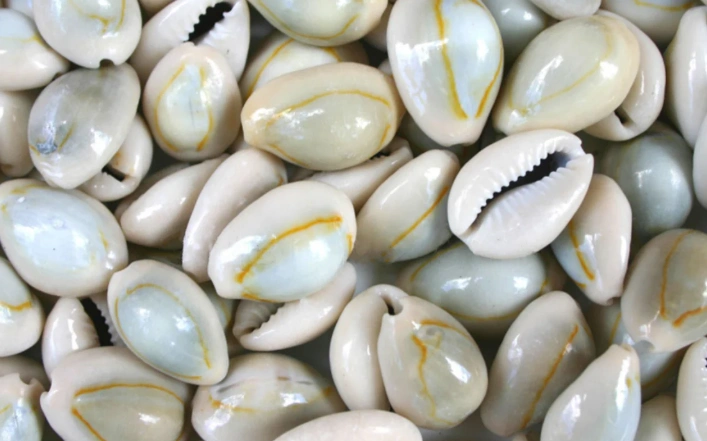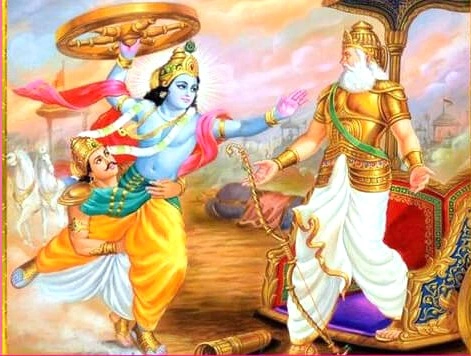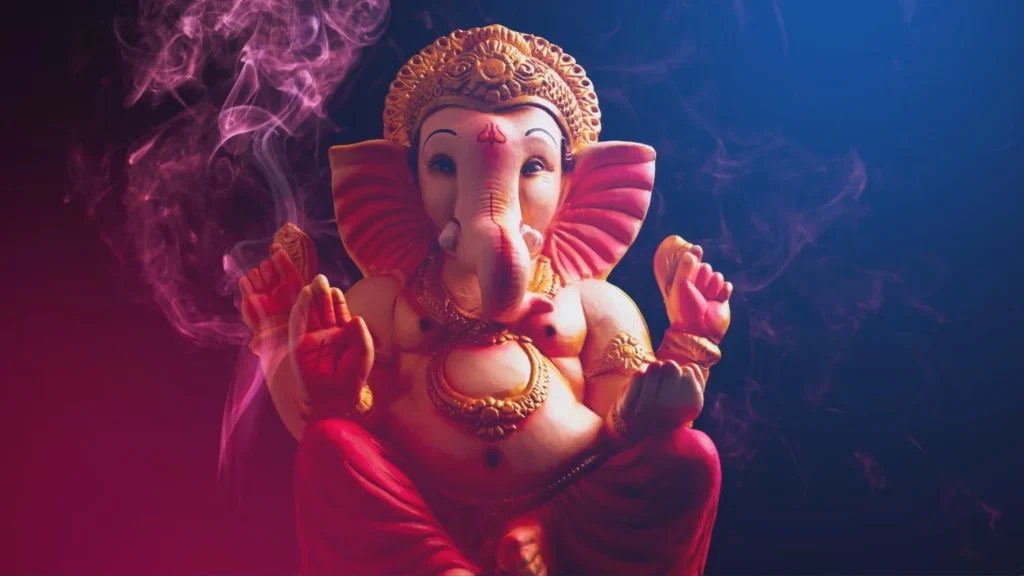
Coins are more than just mediums of exchange—they’re storytellers of history, trade, power, and culture. Specifically, in the context of Odisha (historically Kalinga), ancient coins offer remarkable insights into the region’s socio-economic fabric, spanning from the 6th century BCE to the 6th century CE. Whether it’s punch-marked coins, Satavahana coppers, or Puri-Kushana imitations, each coin has a tale to tell.
In this blog, we take you on a curated journey through Odisha’s ancient coins, deliberately answering key questions that people often ask and furthermore spotlighting their role in commercial and cultural history.What is Numismatics and Why Are Ancient Coins Important?
The study of coins, known as numismatics, is a vital tool for historians. While texts and inscriptions offer narratives, coins provide concrete proof of trade links, governance styles, and cultural influences. Moreover, many dynasties such as the Satavahanas and Kushanas are known primarily through their coins.
Similarly, in Odisha, ancient coin discoveries—from silver punch-marked pieces to copper Kushana imitations—help trace the evolution of early economies and political dominance.Early Currency in India: Before Coins Took Shape

Punch-Marked Coin: Odisha's First Known Coinage
Local Punch-Marked Coin
- Found mostly in Sonepur and in particular Sambalpur.
- Believed to belong most likely to the Dakshina Kosala Janapada.
- Notable symbols include the elephant with a dot, as well as the bull with a dot, solid oval with surrounding dots, and yoked bulls.
Imperial Punch-Marked Coin
- Featured five symbols on the front, along with minute ones on the back.
- Discovered across Ganjam, Kalahandi, Mayurbhanj, as well as Cuttack.
- Preserved primarily in the Odisha State Museum, Bhubaneswar.
Satavahana Coin: Cultural and Commercial Ties with Kalinga
Although Odisha wasn’t the core of the Satavahana empire, evidence shows limited rule and influence over parts of Kalinga during the 2nd–3rd century CE.
- Copper coins bearing legends like Siri-Sata and Satakanisa.
- Symbols include lion, elephant, horse, bow, as well as mountain.
- Discovered specifically in Sisupalgarh excavations near Bhubaneswar.
- Indicates cultural links especially through similar Yaksha sculptures found near Udayagiri.
Puri-Kushana Coins: Temple Offerings or Trade Currency?
Though the Kushana Empire never ruled Odisha directly, coins resembling those of Kanishka and Huvishka have been unearthed extensively.
- Mostly copper coins, most likely used for temple offerings.
- Found in Khiching (Mayurbhanj), Bhanjakia, and even Nuagaon.
- Striking method: Clay mold casting, rather than die-struck.
- Depictions include a king standing with raised hand, four-armed Shiva, along with Brahmi and Greek legends.
Gupta Coins: The Golden Era of Trade and Prosperity
The Gupta dynasty (4th–6th century CE) issued an impressive array of gold coins, celebrating prosperity and imperial power. In Odisha:
- Fewer coins discovered in comparison to North India.
- Found types include Chandragupta’s archer coins, Samudragupta’s lyrist coins, as well as Kumaragupta’s goddess Lakshmi coins.
- Made by casting, unlike the die-struck coins elsewhere.


